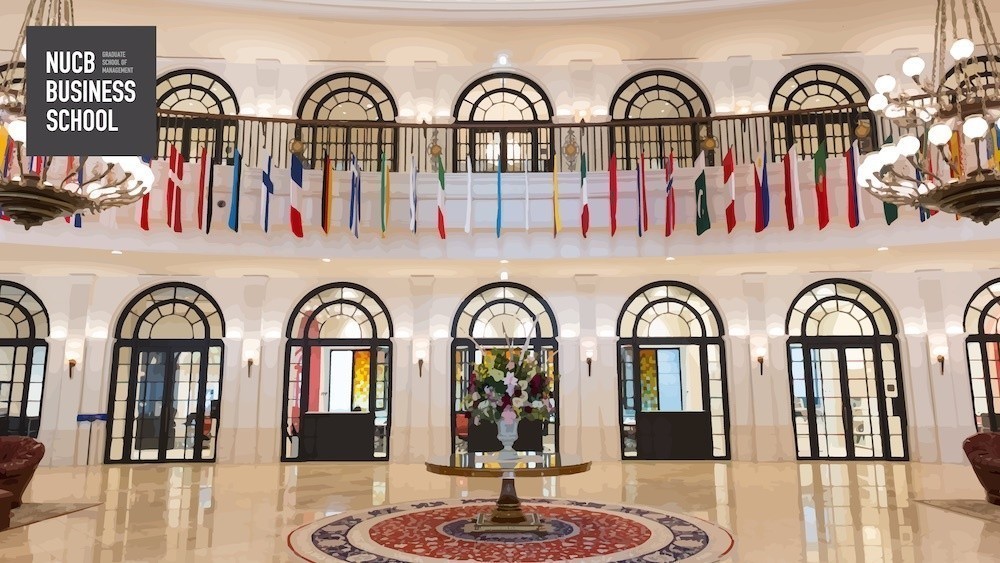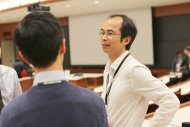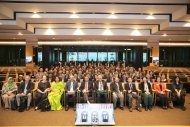AACSB APAC: Curriculum Management
#AACSB #MBA #MBAEnglish #International #Accreditation #Curriculum
Curriculum development is the arrowhead of value that is delivered to business school students. The propelling factor of curriculum management is assurance of learning, so faculty and academic administrators must develop a process to meet the needs of their students and to a larger extent – stakeholders in society. Two processes were discussed at the ‘Curriculum Management’ concurrent session of the AACSB Asia Pacific Conference. Dean Nitin Balwani from IFIM Business School and Associate Dean Peter Vitartas from La Trobe Business School described two approaches – or two processes – that could be applied to create a positive impact on curriculum development.
The first process reviewed a “Bespoke” curriculum that could afford input from all stakeholders to facilitate an “on-demand” type of curriculum. Using this style of management may afford flexibility and responsiveness to the needs of corporate partners and company managers who hire from the respective business school. The second process reviewed the adoption of technology in real-time to give feedback and insights to administrators. Associate Dean Vitartas described a virtuous cycle used at La Trobe Business School where the curriculum is organized in method by which measurable and objective data may be collected under a “plan-map-collect-use-benchmark” process.

The AACSB International Asia Pacific Conference was held in Nagoya, Japan from Oct. 29 – 31 and was hosted at the NUCB Business School Nagoya Marunouchi Tower Campus. The city of Nagoya has long been the manufacturing heart of Japan and continues to experience explosive growth as a business hub for all of Japan. AACSB, the Association to Advance Collegiate Schools of Business, is one of the three most respected and valued global accreditation bodies that signals the highest level of quality assurance to students, employers, and other business schools around the world. The NUCB Business School is only one of four schools in Japan with AACSB accreditation and the only one with AACSB and AMBA dual accreditation.

 Brochure
Brochure
 Info Session
Info Session
 Application
Application
 Alumni Voices
Alumni Voices






